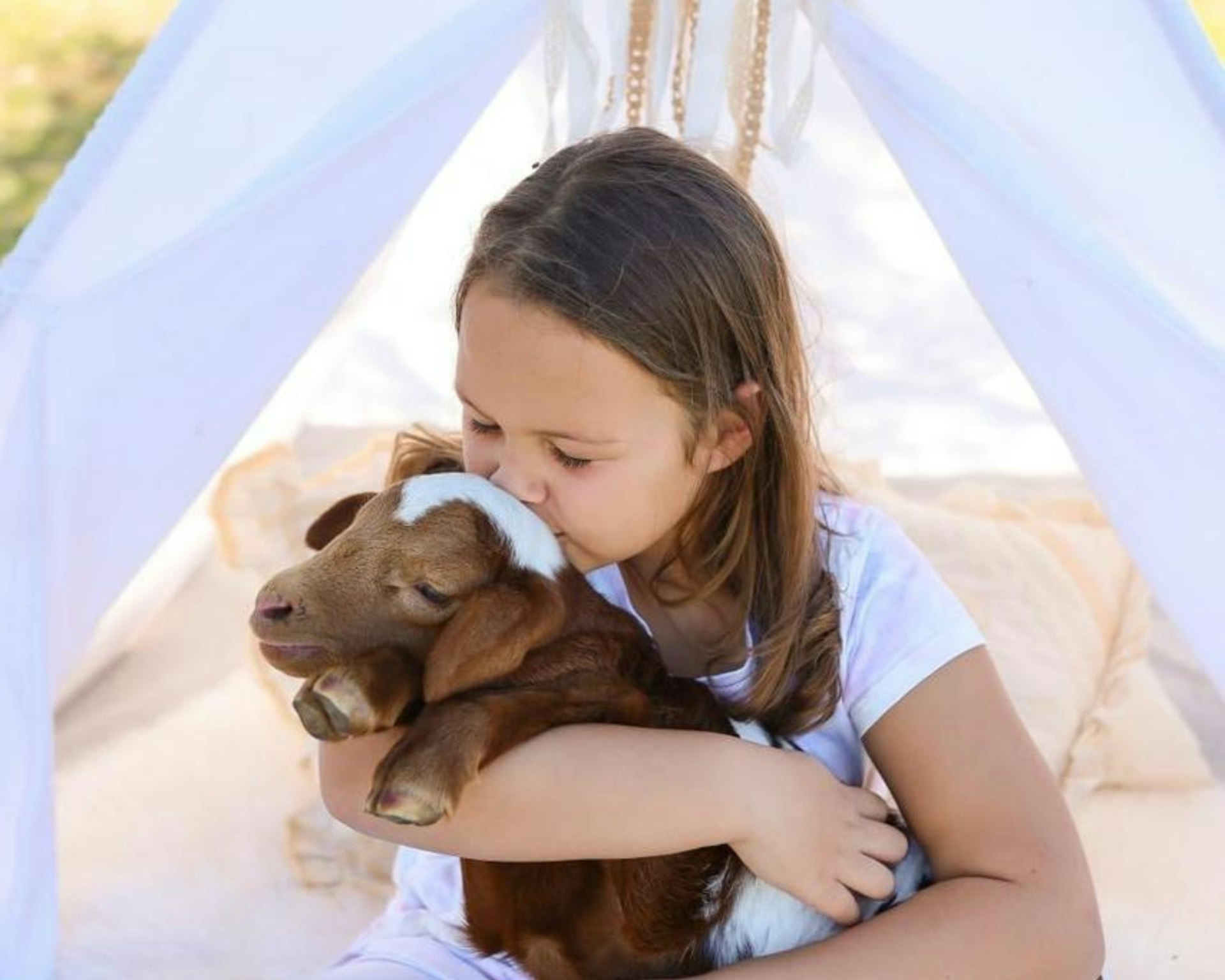How Family Traditions Shape Identity: Building Belonging Across Generations

Photo by Fotos on Unsplash
Introduction
Family traditions-whether simple routines, annual celebrations, or rich storytelling-play a vital role in shaping our identities. These customs ground us, offering a sense of belonging, continuity, and values that guide our choices. As research and lived experience show, the influence of family traditions on identity formation is profound, supporting not just individual well-being but also the resilience and cohesion of entire family systems [1] .
Understanding Family Traditions and Identity Formation
Family traditions encompass recurring activities, rituals, and practices passed down through generations. These include holiday gatherings, religious rites, food customs, language use, storytelling, and even everyday routines. Traditions serve as a primary way families transmit culture, values, and a shared sense of history [3] .

Photo by Paréj Richárd on Unsplash
Identity formation refers to the ongoing process of developing a clear and distinct sense of self, including cultural, ethnic, and personal values. According to psychologists, adolescence is a key period for identity exploration, where individuals balance family influences with growing autonomy [1] .
The Impact of Family Traditions on Identity
Family traditions provide a framework for belonging and stability . When children and adolescents participate in family rituals, they internalize a sense of where they come from, which supports confidence and self-understanding. A Brigham Young University study found that adolescents with strong knowledge of family history and traditions exhibit healthier identity development-including a sense of connectedness and clarity about their own values [1] .
Traditions are especially powerful in bicultural or immigrant families, where they help bridge cultures and foster pride in heritage. Studies show that effective cultural negotiation and attachment within families enable children to integrate multiple cultural identities, which is essential for resilience and positive adaptation [2] .
Practical Example:
A family that celebrates both Thanksgiving and Lunar New Year teaches children the value of honoring diverse backgrounds. This dual tradition offers a tangible sense of continuity and flexibility, encouraging cultural pride and adaptability.
Transmitting Values and Culture Through Ritual
Families are the primary transmitters of language, religious beliefs, and social norms. Regular participation in shared rituals-like weekly meals, storytelling, or cultural festivals-helps embed these values deeply. Adolescents who understand their family’s stories and traditions are better equipped to navigate challenges, resist negative peer influences, and make informed choices [1] [3] .
Step-by-Step Guidance to Strengthen Family Traditions:
- Identify Existing Traditions : Begin by listing customs, holidays, or routines your family already practices. Discuss their origins and meanings.
- Encourage Storytelling : Invite older family members to share stories from their childhood, migration, or major life events. Record these stories for future generations.
- Create New Rituals : Adapt traditions to fit current circumstances. For instance, if in-person gatherings aren’t possible, consider virtual celebrations or shared online photo albums.
- Involve All Ages : Ensure children, teens, and adults participate. Assign roles, such as preparing a dish, leading a prayer, or organizing an activity.
- Reflect and Adapt : Regularly discuss which traditions are meaningful, and be open to evolving or blending customs as families grow or change.
The Role of Family Systems and Intergenerational Patterns
Family systems theory highlights that each member’s experiences and actions influence the collective identity of the family. Individuation-the process of becoming a distinct individual-often involves questioning family traditions while striving to maintain belonging [3] . Supportive families encourage this exploration, helping young adults integrate both inherited values and personal beliefs.
Intergenerational patterns, such as resilience or trauma, are also transmitted through traditions. For example, a family that honors the memory of ancestors who overcame hardship may instill perseverance and pride in younger generations.
Potential Challenges and Solutions
Families may face obstacles such as generational gaps, cultural assimilation, or loss of language. These can disrupt the transmission of traditions and create identity conflicts, especially in multicultural contexts [2] [4] .
To address these challenges:
- Prioritize Open Communication : Foster honest discussions about the meaning and relevance of traditions.
- Embrace Flexibility : Adapt customs to new environments or generational preferences, while preserving core values.
- Seek Community Support : Engage with cultural organizations, religious groups, or community centers that offer resources for maintaining heritage and traditions.
- Encourage Mutual Respect : Recognize that identity formation is a dynamic process. Support family members’ autonomy in balancing tradition with individuality.
Alternative Approaches to Preserving Family Traditions
Some families may lack longstanding traditions or face barriers to maintaining them. In these cases, consider:
- Creating New Traditions : Start small, such as a monthly family game night, volunteering together, or commemorating special dates unique to your family’s story.
- Documenting Family History : Use family trees, photo albums, or digital storytelling platforms to capture and share memories.
- Participating in Community Events : Join local festivals, workshops, or classes that reflect your cultural background or interests.
- Leveraging Technology : Host virtual reunions or use messaging apps to stay connected with extended family, especially across distances.
Accessing Resources and Support
For families seeking guidance on preserving traditions or strengthening cultural identity:
- You can consult local libraries for books on family rituals and cultural heritage.
- Community centers and cultural organizations may offer workshops and events for learning or sharing traditions.
- For bicultural or immigrant families, organizations like the Immigrant Learning Center and local cultural associations often provide resources on maintaining heritage while adapting to new environments. Search for “family culture workshops” or “heritage preservation programs” in your area for tailored support.
- If you want to explore family history, genealogy websites and oral history projects can offer tools and guidance. For verified options, check with your regional or national archives and established organizations (e.g., the National Archives or FamilySearch).
Conclusion
Family traditions are more than rituals-they are anchors for identity, sources of resilience, and bridges across generations. By actively preserving and adapting these customs, families can foster healthy identity formation, cultural pride, and lifelong belonging. Whether your traditions are centuries old or newly created, nurturing them can offer lasting benefits for every member of the family.
References
- [1] Brigham Young University News (2023). Family history knowledge helps American adolescents develop healthy sense of identity.
- [2] Journal of Psychology Research and Family Counseling (2022). Attachment and Identity Formation in Bicultural Families.
- [3] Sustainability Directory (2023). What Role Does Family Play in Identity Formation?
- [4] National Center for Biotechnology Information (2022). Directional Effects in Cultural Identity: A Family Systems Approach.
- [5] National Center for Biotechnology Information (2010). Adolescent Family Context and Adult Identity Formation.
MORE FROM eboxgo.com













